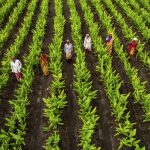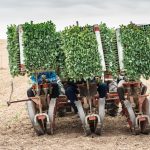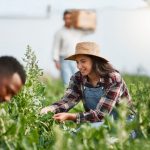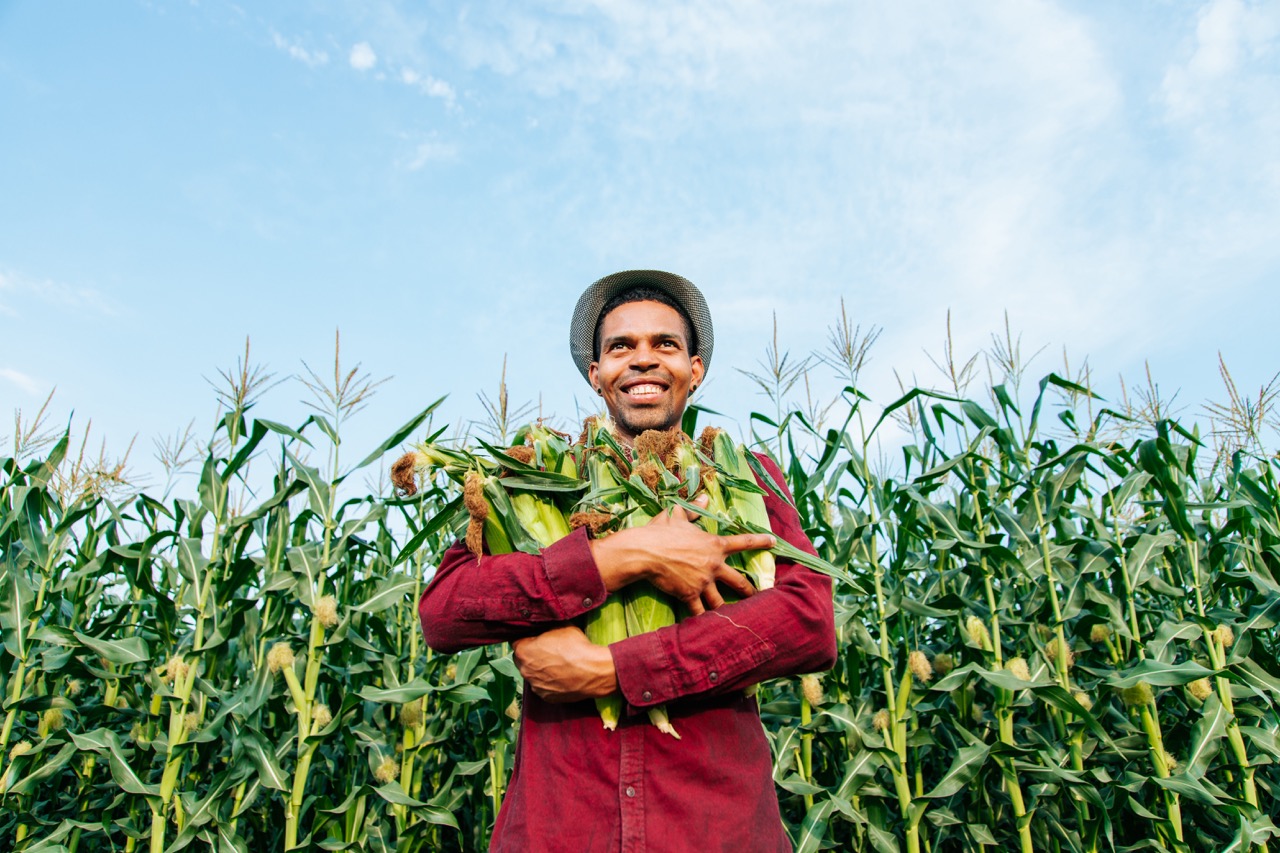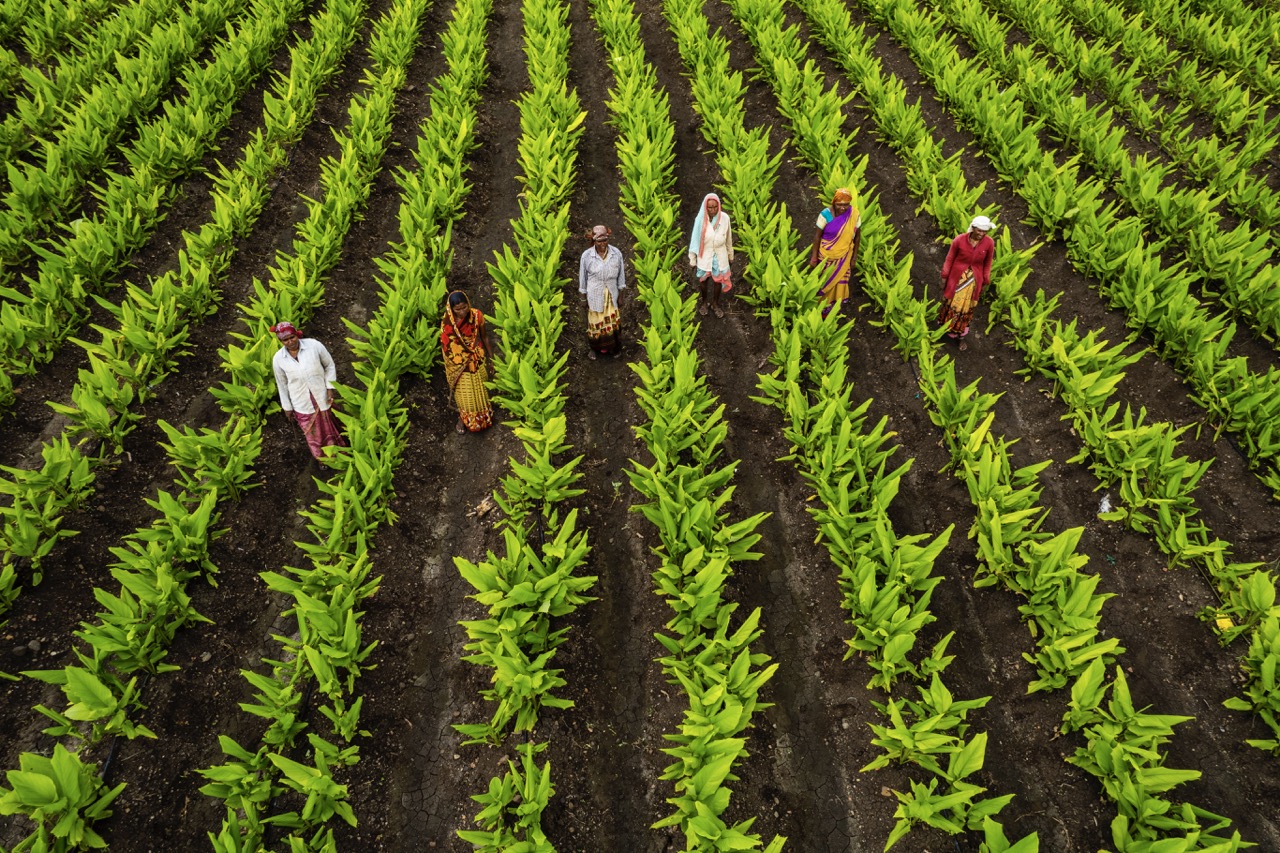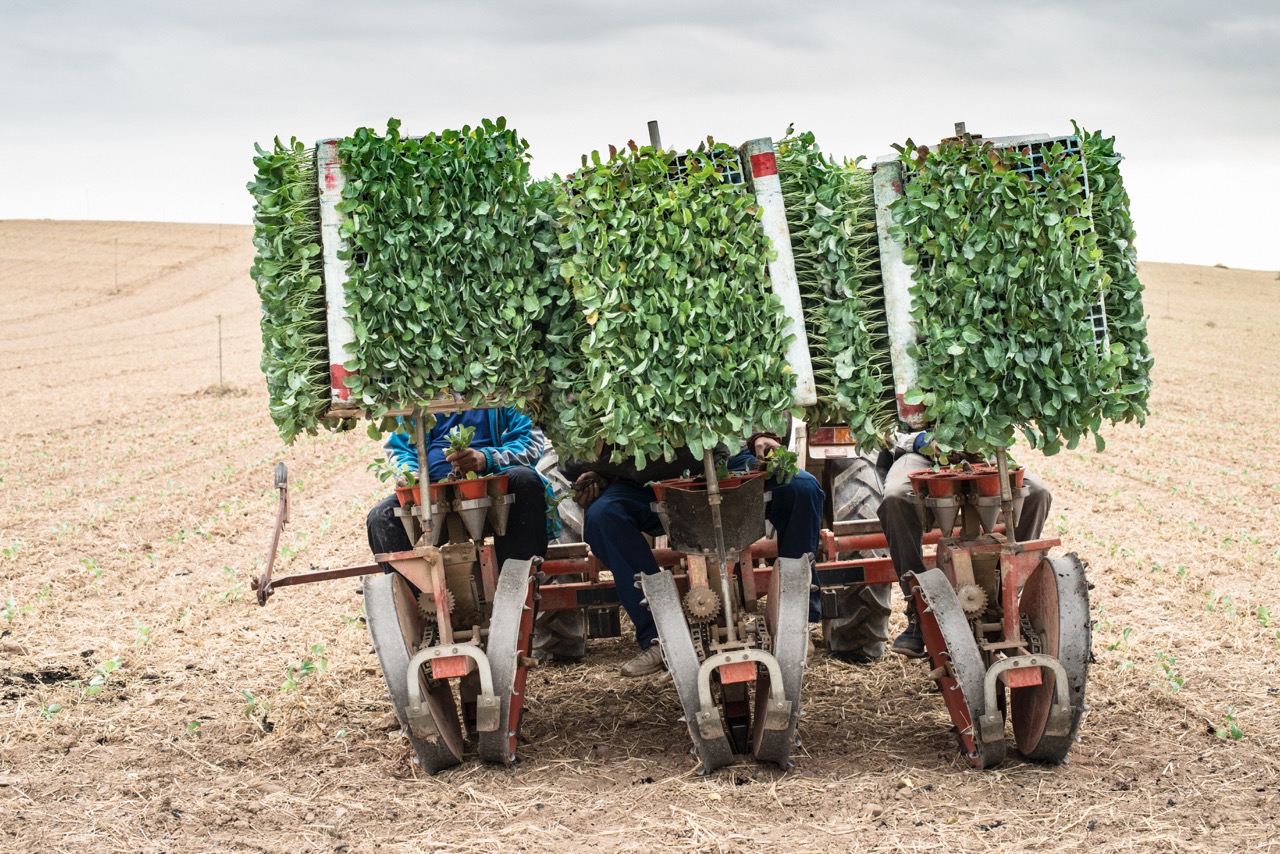Sharecropping, a system emerged from the ashes of the American Civil War, has evolved from a means of survival for many agricultural workers to a focal point for modern food sovereignty movements. As communities strive to reclaim control over their food systems and agricultural practices, sharecropping offers both historical context and practical solutions. This article explores the relationship between sharecropping and food sovereignty, highlighting how each can contribute to building sustainable, equitable, and community-driven food systems.
Understanding Sharecropping: A Historical Perspective
Sharecropping originated in the Southern United States during the Reconstruction era, serving as a method for landowners to cultivate their land while providing formerly enslaved people with a means of survival. Under this system, landless agricultural workers would farm a portion of land in exchange for a share of the crops produced. While it provided vital income, sharecropping often trapped families in a cycle of debt and dependency, as landowners would manipulate agreements, making it difficult for sharecroppers to achieve true autonomy.
Historically, sharecropping was not limited to African American communities; various immigrant groups also participated in this system. Over time, sharecropping evolved into a complex economic relationship defined by exploitation and systemic inequalities. As the 20th century progressed, many sharecroppers began to organize, fight for their rights, and seek fairer conditions, laying the groundwork for broader movements advocating for social justice and food equity. These historical struggles continue to resonate in contemporary food sovereignty discussions, where the lessons learned from sharecropping inform the push for a more just food system.
Today, understanding sharecropping’s legacy is vital for comprehending the systemic issues facing many small-scale farmers and agricultural workers. The historical context of sharecropping illustrates the ongoing challenges of land access, economic stability, and racial inequality within food systems. Recognizing this history helps inform current food sovereignty movements, which advocate for the rights of marginalized communities to control their agricultural destinies.
Food Sovereignty: Defining the Key Concepts and Goals
Food sovereignty is a movement that seeks to prioritize local food systems, emphasizing the rights of communities to define their food production, distribution, and consumption practices. At its core, food sovereignty challenges the dominant industrial agricultural paradigm, which often prioritizes profit over the well-being of communities and the environment. It seeks to empower local communities, ensuring that they have access to healthy, culturally appropriate food produced through ecologically sound methods.
The goals of food sovereignty include promoting sustainable agricultural practices, supporting local economies, and enhancing community resilience against global market fluctuations. By emphasizing the importance of local knowledge and traditional farming practices, food sovereignty movements advocate for a more equitable food system that addresses issues such as food justice, environmental sustainability, and cultural identity. Central to these discussions is the recognition that food is not merely a commodity; it is a fundamental human right that must be safeguarded.
In this context, sharecropping can serve as a valuable model for understanding how communities can reclaim control over their food systems. By promoting cooperative farming practices and local self-sufficiency, sharecropping intersects with food sovereignty goals, providing historical and practical frameworks for building sustainable agricultural communities. The principles underlying food sovereignty resonate deeply with many sharecroppers’ experiences as they navigate the complex intersections of race, class, and agriculture.
The Role of Sharecropping in Local Food Systems
Sharecropping has the potential to create robust local food systems that prioritize community needs over corporate interests. By allowing individuals to cultivate land and share in the profits, sharecropping encourages collaborative farming practices that help maintain and enhance local economies. This model fosters relationships between producers and consumers within communities, which can lead to greater food security and resilience against external market pressures.
In recent years, there has been a resurgence of interest in sharecropping practices among advocates of food sovereignty. Small-scale farming initiatives, community-supported agriculture, and cooperative farming models have emerged, drawing inspiration from traditional sharecropping arrangements. These initiatives emphasize community ownership and shared responsibility, allowing participants to take an active role in shaping their food systems while addressing the legacies of exploitation and social inequity that have historically plagued sharecropping.
Additionally, sharecropping can contribute to the preservation of biodiversity through diverse crop rotations and sustainable farming practices. By encouraging a variety of crops, sharecropping can enhance local food systems’ resilience to climate change and environmental challenges. As communities face increasing agricultural pressures, sharecropping offers a pathway toward sustainable farming that aligns with food sovereignty principles, ultimately benefiting both farmers and consumers.
Empowering Communities Through Sharecropping Practices
Sharecropping offers a unique opportunity for community empowerment, allowing individuals to engage with agriculture in a meaningful way. By participating in sharecropping arrangements, community members can access land, learn farming skills, and take ownership of their food sources. This empowerment is crucial in the context of food sovereignty, as it helps build confidence in local agricultural practices and strengthens the social fabric of communities.
Furthermore, sharecropping can facilitate the transfer of knowledge and skills between generations. By fostering mentorship relationships among experienced farmers and newcomers, communities can promote traditional agricultural practices that respect cultural heritage and ecological sustainability. This exchange of knowledge is essential for reinforcing food sovereignty, as it enables communities to adapt their practices to meet contemporary challenges while honoring their agricultural roots.
Finally, sharecropping can serve as a platform for collective action and advocacy. As sharecroppers unite to address shared challenges, they can create networks that amplify their voices and push for policy changes that support their rights and interests. This collective approach aligns with food sovereignty movements that emphasize the importance of grassroots organizing, enabling communities to advocate for systemic changes that enhance their control over food systems and agricultural policies.
The historical context of sharecropping reveals a complex relationship with food sovereignty movements. By understanding the struggles and aspirations of sharecroppers, contemporary advocates can draw on these lessons to promote equitable, sustainable food systems. As communities increasingly reclaim their agricultural practices, sharecropping stands as a testament to resilience and empowerment, offering a pathway toward a more just and self-determined future in food sovereignty. Through the continued efforts of advocates and community members alike, the legacy of sharecropping can contribute meaningfully to modern movements for food justice and autonomy.

